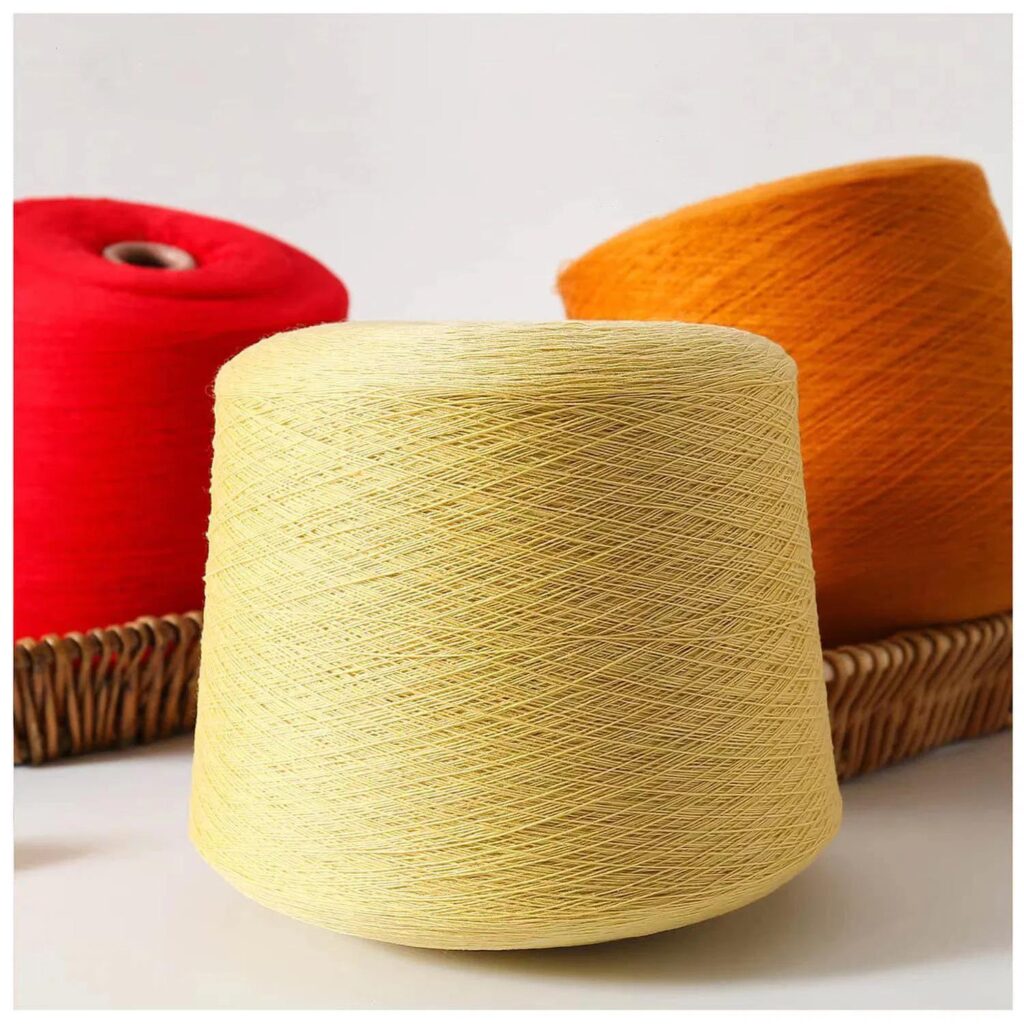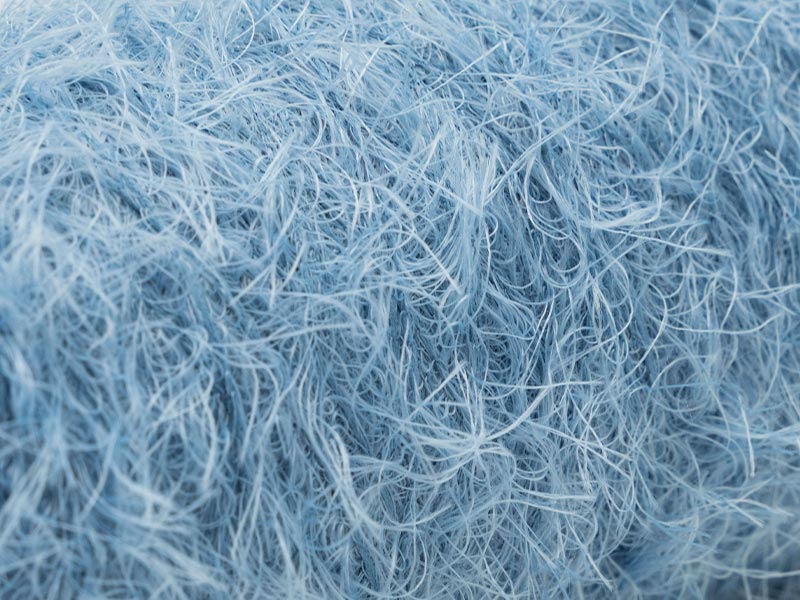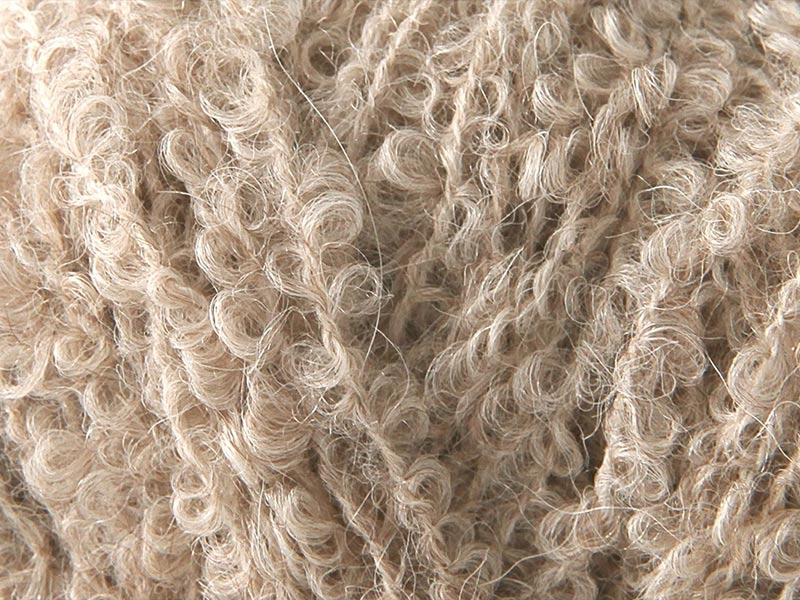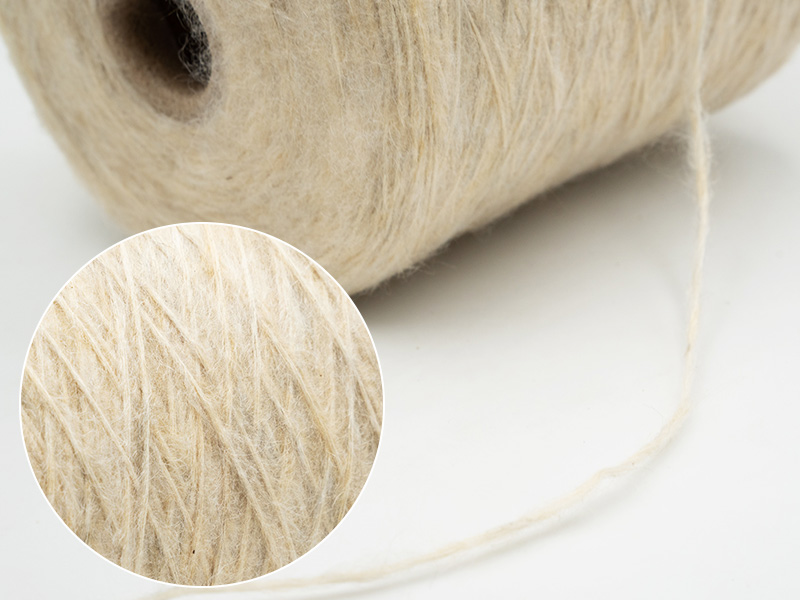Wool Acrylic Blend Yarn: Benefits, Uses & Wholesale Sourcing Guide
The choice of fiber in the textile industry affects not only the quality of the finished product, but also how well it works, how much it costs, and how much people want to buy it. Wool and acrylic are two of the most popular fibers, and each has its own benefits. Wool is known for being warm, strong, and breathable, while acrylic is known for being strong, cheap, and easy to care for.
When these fibers are mixed together, they make wool acrylic blend yarn, which is a strong and flexible material that has the best of both worlds. This mixed yarn is used a lot in clothes, accessories, home textiles, and even fabrics for industry. Wool-acrylic blends are the best choice for manufacturers, designers, and B2B buyers because they are the best mix of performance, price, and usefulness.
This article talks about why wool-acrylic blends are so popular, what their main benefits are, how they can be used, how they compare to pure fibers, and why businesses should consider getting them.
What Is Wool Acrylic Blend Yarn?
To make a wool acrylic blend yarn, you spin together natural wool fibers and synthetic acrylic fibers in certain amounts. Some common blends are 50% wool and 50% acrylic, 70% acrylic and 30% wool, or other combinations that depend on how well the blend works.
Higher wool content makes things warmer, softer, and more flexible.
Higher acrylic content makes the yarn lighter, more durable, and cost-effective.
During the spinning process, the fibers blend together to make sure they lock together. This makes a yarn that keeps the natural qualities of wool while being cheaper and easier to care for because of the acrylic.

Key Advantages of Wool Acrylic Blend Yarn
1. A good balance of warmth and breathability
Wool naturally keeps the body at a comfortable temperature, so it keeps people warm without making them too hot. Acrylic makes things lighter while still keeping them warm. This balance makes wool-acrylic blends good for clothes that can be worn all year long and in changing weather.
2. Enhanced Durability
Wool can lose its shape after a long time of wearing it, but acrylic doesn’t stretch or wear down as easily. The yarn that comes from these materials is strong, stretchy, and durable, which makes finished textiles last longer.
3. Simple to clean and care for
Wool-acrylic blends are easier to care for than pure wool, which usually needs to be washed by hand or dry cleaned. Many blends can be washed in a machine, which makes them great for both consumers and manufacturers who want products that don’t need a lot of care.
4. Cost-Effectiveness
Acrylic is easy to find and cheap, but wool is a high-quality fiber. Manufacturers can save money by mixing the two, but they don’t have to give up too much quality. This makes this yarn good for mass production.
5. Versatility in Design
Because acrylic is flexible and wool is naturally soft, blends can be spun into fine, medium, or bulky yarns. You can find them in a lot of different colors and finishes, so they can be used for knitting, weaving, and industrial purposes.
6. Reduced Itchiness
Some people find that pure wool bothers their skin. Acrylic makes the texture softer, which makes blended yarns more comfortable and safe for skin, even for kids’ clothes.
Common Applications of Wool Acrylic Blend
Application | Why the Blend Works Well |
Sweaters & Cardigans | Warm yet lightweight, holds shape |
Scarves & Hats | Soft on skin, colorful options |
Socks | Durable, elastic, resistant to wear |
Blankets & Throws | Affordable warmth for home décor |
Upholstery & Textiles | Strong, long-lasting, less prone to pilling |
Children’s Clothing | Easy-care, soft, non-irritating |
Wool Acrylic Blend vs. 100% Wool and 100% Acrylic
Property | 100% Wool | 100% Acrylic | Wool Acrylic Blend |
Warmth | Excellent, natural insulation | Moderate | Balanced warmth |
Softness | High but sometimes itchy | Smooth, less breathable | Soft, less itchy |
Durability | Elastic but delicate | Very durable, resistant to wear | Strong, resilient |
Care | Often dry clean only | Easy, machine-washable | Easier than pure wool |
Price | Higher | Lower | Mid-range |
Sustainability | Renewable & biodegradable | Synthetic, less eco-friendly | Balanced option |
How to Care for Wool Acrylic Blend Yarns
Follow these care tips to make sure your performance lasts:
Washing: use cold or lukewarm water and a mild detergent. A lot of blends can be washed in a machine, but you should always check the labels.
Drying: lay it flat so it doesn’t stretch. Don’t tumble dry at high heat.
Storage: Keep it in a cool, dry place and away from moths.
Pilling: Use a fabric shaver to get rid of small pills over time.
Why Choose Wool Acrylic Blend for Your Business
Wool-acrylic blends have a lot of benefits for B2B buyers:
Scalability: It is possible to make a lot of them because the cost of making them is lower.
Market Demand: More and more people want products that are warm and comfortable but also cheap.
Customizability: You can make blends that meet your needs by changing the fiber ratio, yarn count, color, or finishing effects.
Balanced Performance: This is the best of both worlds solution, perfect for a wide range of products.
Our Wool Acrylic Blend Yarns
At Duoyou Yarn Company, we specialize in producing high-quality wool acrylic blend yarns for both fashion and industrial uses.
You can get it in different blend ratios, like 30/70, 50/50, and 70/30.
Offered in bulk with OEM & ODM customization.
Made with cutting-edge spinning and dyeing technology to ensure high quality and bright colors.
Good for knitting, weaving, and other special uses.
We offer custom solutions that meet both performance and cost needs, whether you need fine yarns for sweaters or bulky yarns for blankets.
Conclusion
So, is a blend of wool and acrylic good? Of course. It combines the natural warmth and stretchiness of wool with the strength and low cost of acrylic. This balance makes wool-acrylic blend yarns a good choice for making high-quality, flexible textiles that modern consumers will like.
Companies can get an edge in the global textile market by sourcing wool-acrylic blends. These blends are cost-effective, make customers happy, and allow for flexible design.
Related News
Discover more about the latest developments in the yarn industry, explore articles on development trends and innovative technologies, and provide you with more industry insights.

Redefining Fall/Winter Knitwear with Four Unique Yarns
Sweaters are no longer just about “keeping warm” — they’ve become a statement of autumn and winter style.
In the past, the primary function of sweaters was to provide warmth, durability, and practicality, especially in colder regions where they were essential for winter protection. However, today’s consumer trends have quietly shifted — while functionality remains important, design and style expression have become equally indispensable.

The Secret Behind “Fuzzy Yarns”: How Different Fancy Yarns Make Soft, Fluffy Textures
In the fall and winter, nothing feels warmer or more welcoming than yarns with a soft, fuzzy touch. These “hairy” fancy yarns not only add warmth to any fabric, but they also give it a sense of texture, depth, and life. But how do these fluffy effects happen?
Let’s take a closer look at five common types of fuzzy fancy yarns: crochet yarn, blowing yarn, raised yarn, sueded yarn, and bouclé yarn. We’ll talk about how each one gets its unique surface effect, how comfortable it is, how much it costs, and what it’s good for.This guide will show you the best types of yarn to use for summer projects, compare their features, and give you some fun ideas for your next collection or DIY project.

Cotton Wool Blend Yarn: Advantages, Uses & Benefits for Textile Manufacturers?
Cotton and wool are two of the most common natural textiles used to produce garments. They all have useful features. Cotton is soft, lets air through, and is easy to take care of. Wool, on the other hand, is warm, strong, and keeps heat in naturally. When you mix these two fibers, you get a fabric or yarn that has the best of both worlds. This makes it a wonderful choice for many kinds of textiles.

